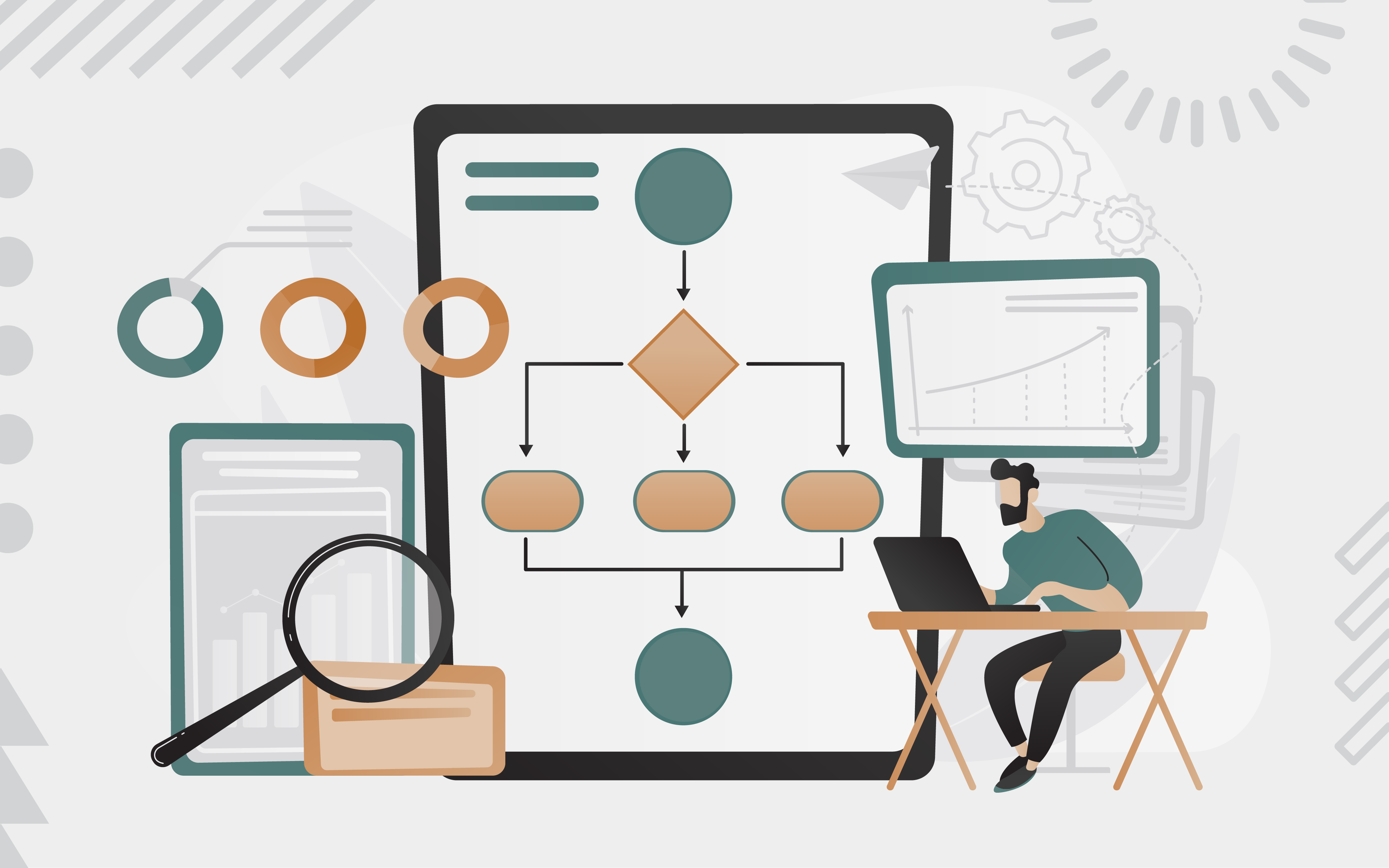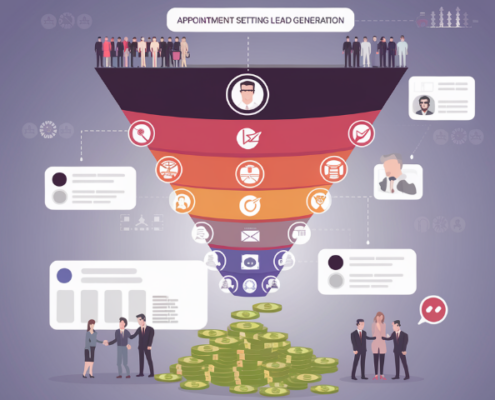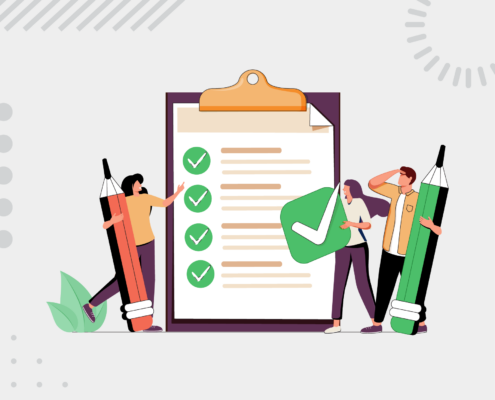

A powerful sales process is your secret weapon for achieving unstoppable business growth. Picture it as your ultimate playbook for transforming curious leads into loyal, lifelong customers. Without a well-defined process, your team risks losing valuable opportunities and watching potential deals slip away.
So, let’s dig into how you can create a powerful, repeatable sales process that drives results.
The Essence of the Sales Process
A sales process is a series of steps that your sales team follows to convert leads into paying customers. It’s the step-by-step journey that your buyers go on, from their first interaction to signing on the dotted line. Every successful company needs a well-defined sales process because it helps salespeople understand exactly what to do at each stage to keep deals progressing smoothly.
The keyword here is consistency. A great sales process ensures that every salesperson, regardless of experience, has a roadmap for how to handle a lead. And when your entire team follows the same sales process, it becomes easier to spot areas for improvement and training.
A strong sales process provides:
- Consistency: Having a process in place means everyone is on the same page, which leads to consistent interactions with leads and clients.
- Shorter Sales Cycles: When sales reps know what to do at every step, they move leads through the pipeline faster.
- Accurate Forecasting: A standardized sales process helps predict revenue more accurately since you understand where deals are within the pipeline.
- Better Training: New reps can onboard faster and learn from a repeatable, proven process.
Box CTA B2B sales cycles are longer and more complex, requiring a strategic approach to move leads through the pipeline effectively. Our free B2B Sales Process Guide provides a step-by-step roadmap to help you streamline your sales strategy, close deals faster, and achieve lasting success.
Building Your Sales Process Step by Step
Step 1: Prospecting
Prospecting is the foundation of your sales process. It involves finding potential customers who might be interested in your product or service. This stage requires research to identify leads that align with your ideal customer profile. A great prospecting approach mixes inbound tactics like content marketing and outbound efforts like cold calling and email outreach.
Salespeople need to be proactive and thorough when prospecting—the more accurate your lead targeting is, the more effective your sales process will be.
Step 2: Initial Contact
Once you have identified potential leads, the next step is to establish contact. The goal here is to introduce your solution and set the tone for the rest of the relationship. Remember, this stage is not about selling but rather about starting a conversation.
Focus on understanding your prospect’s needs, and keep your communication authentic. Whether you’re making a phone call or sending an email, prioritize building trust.
Step 3: Qualification
After the initial contact, it’s time to qualify your lead. Qualification is about determining if the prospect is a good fit for your offering. Not everyone you speak to will be an ideal customer, and that’s okay. Qualifying leads effectively helps you avoid spending time on prospects that aren’t likely to convert.
Use questions that determine their needs, budget, decision-making process, and timeline. A great tool to use here is the BANT method (Budget, Authority, Need, Timeline) to evaluate each potential client.
Step 4: Presentation and Demonstration
At this point, it’s time to present your solution. Tailor your pitch to the specific problems or goals that your prospect mentioned during the qualification stage. The goal is to demonstrate the value of your product or service and show how it addresses their needs.
If possible, personalize your presentation or demo. Address the prospect’s pain points directly, using their own language. Highlighting how your solution benefits them specifically helps them visualize what working with you will be like.
Step 5: Handling Objections
Every sales process includes objections—it’s a natural part of the conversation. Objections might range from pricing concerns to issues about features. The key is to be prepared and not see objections as roadblocks but as opportunities to offer more value.
Listen carefully to what the prospect says, empathize with their concerns, and then provide thoughtful responses. Addressing objections well will only increase your chances of closing the deal.
Step 6: Closing the Deal
This is the point where everything comes together. The closing stage involves final negotiations, contract signing, and ensuring both parties are satisfied. Make sure you use direct, clear language and ask for the commitment confidently.
Closings can vary depending on the lead, from a verbal agreement to formal paperwork. Be sure to tailor your approach to what makes the prospect most comfortable, without compromising the urgency or value of moving forward.
Step 7: Follow-up and Relationship Management
Closing a sale doesn’t mean the journey ends there. Maintaining the relationship post-sale is crucial for customer satisfaction and future referrals. Make sure to follow up to address any issues and continue to provide value. This relationship-building stage creates loyalty and, ultimately, long-term business success.
Optimizing Your Sales Process
A successful sales process is never static—you should constantly analyze performance and make adjustments where needed. Here are a few things to consider:
- Track Key Metrics: Look at metrics like conversion rate, average deal size, and sales cycle length to understand where you can improve.
- Refine Lead Qualification: Not all leads are created equal, and it’s essential to be ruthless in refining which leads you focus your efforts on.
- Feedback from Your Sales Team: Get feedback from your reps on where they feel the process hits friction points.
Key Takeaways
- A solid sales process is key to consistent and predictable growth.
- Building a process step-by-step ensures everyone on your sales team knows exactly what to do, resulting in shorter sales cycles and improved efficiency.
- Every sales process should have clear steps: prospecting, initial contact, qualification, presentation, handling objections, closing, and follow-up.
- Optimize your sales process continuously by tracking metrics, refining lead qualification, and listening to your team.
Elevate Your Sales Game with Proven Strategies
Your sales process is the backbone of your revenue strategy. Without a clear, actionable plan, you’re risking inconsistent results. Let Abstrakt help you build a winning process that keeps leads moving smoothly from start to finish. Contact us today, and let’s make your sales process your competitive advantage.










